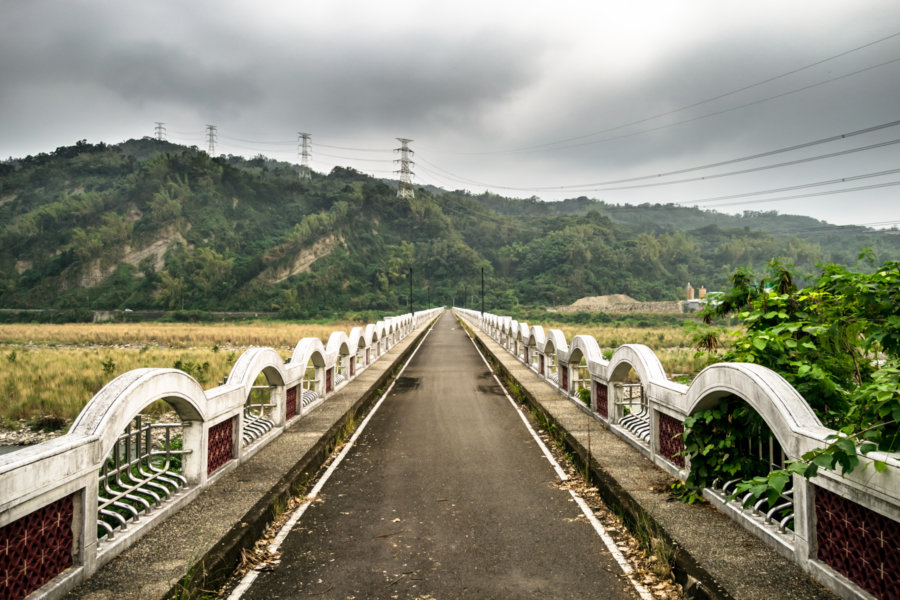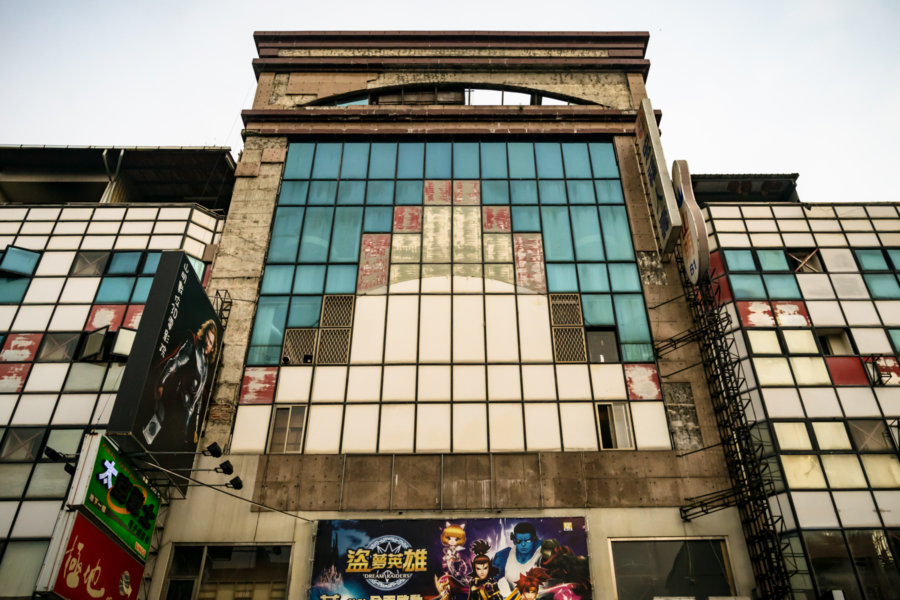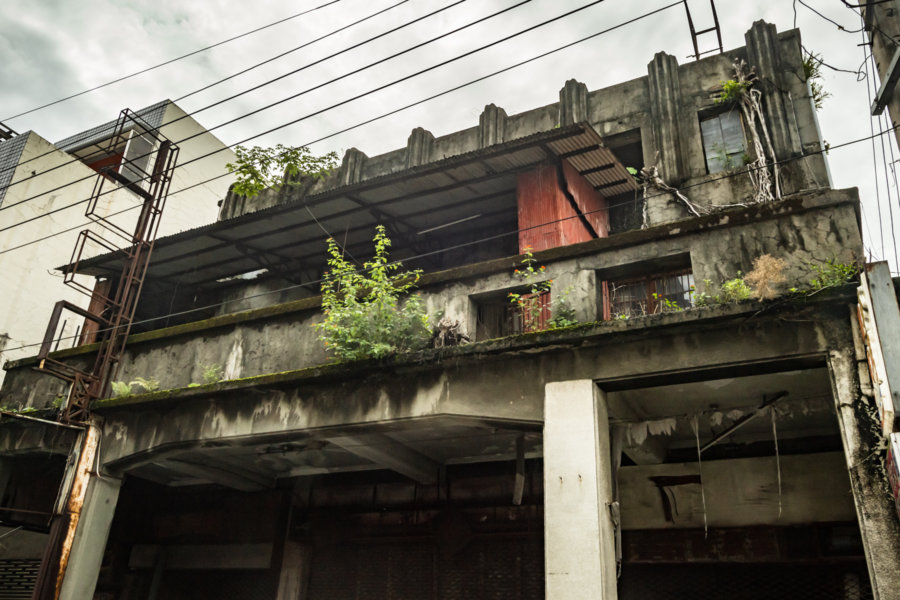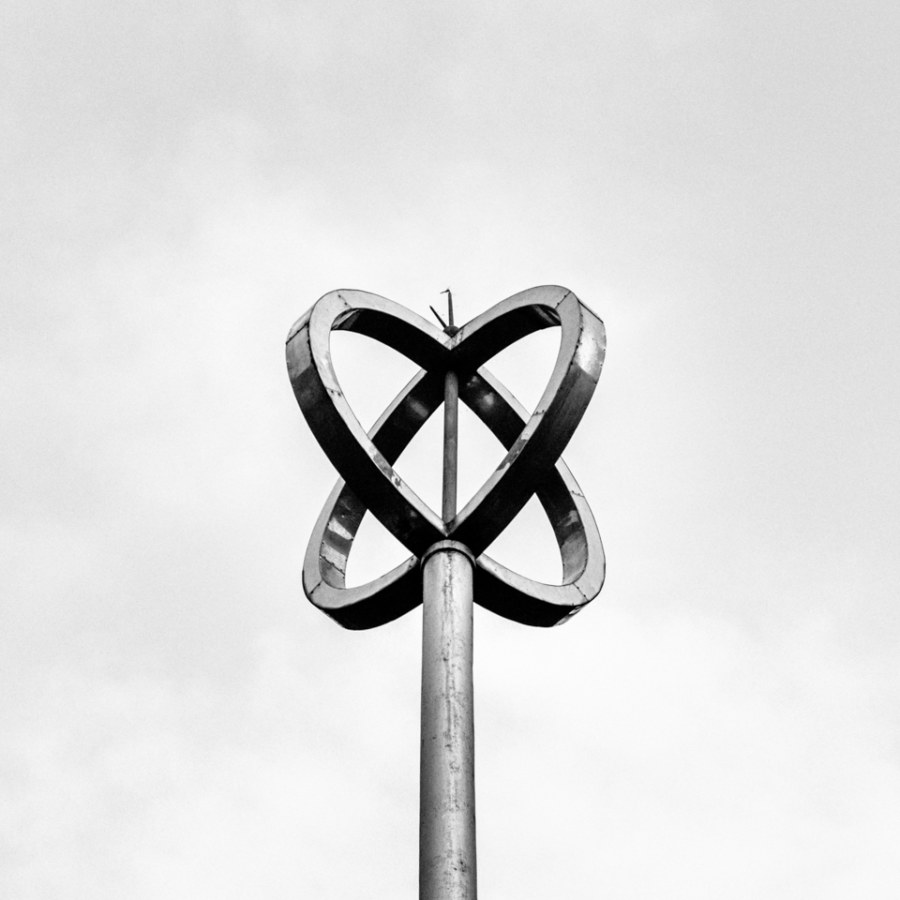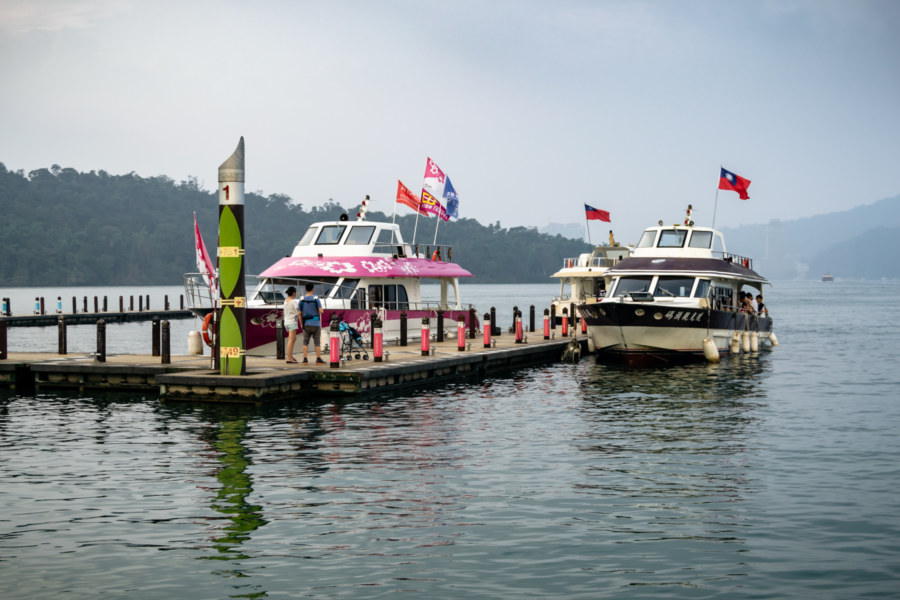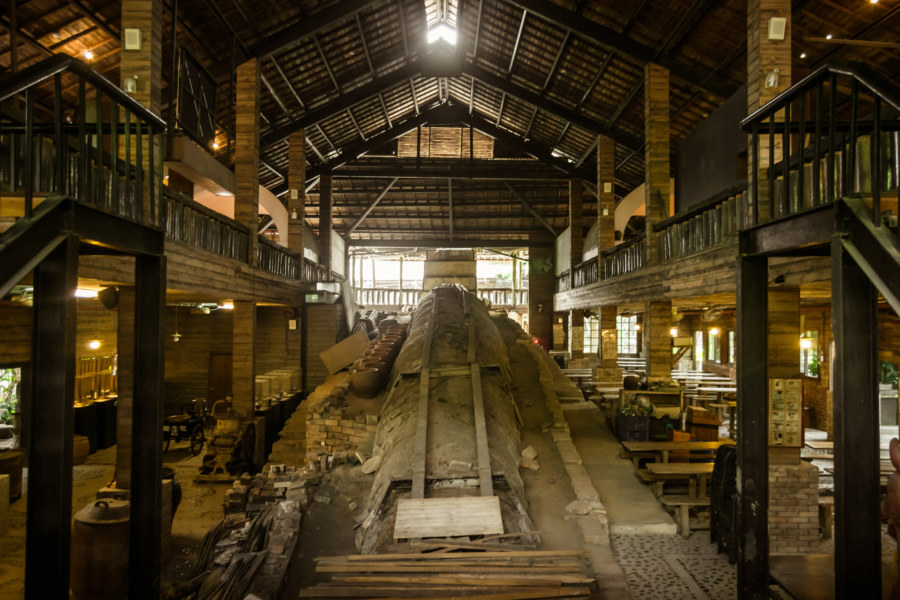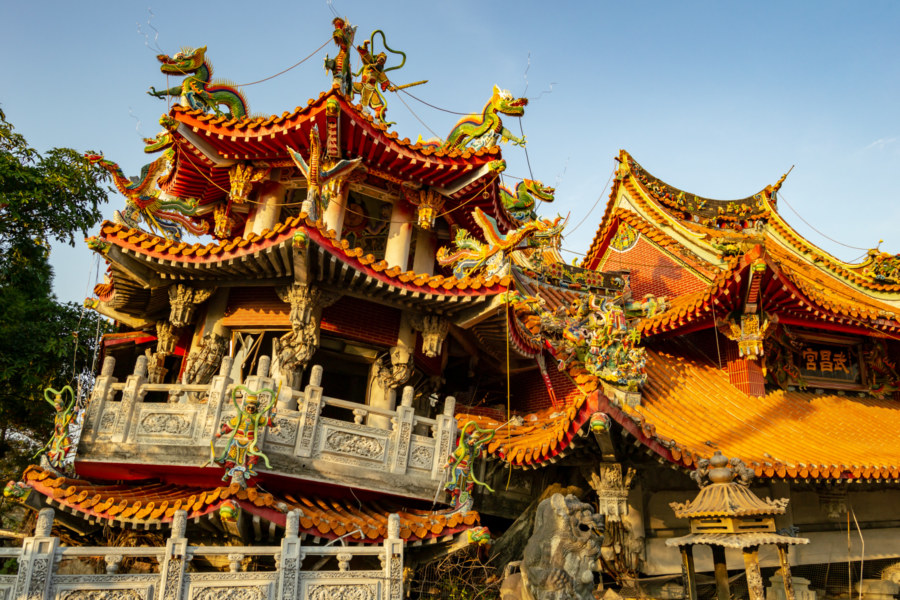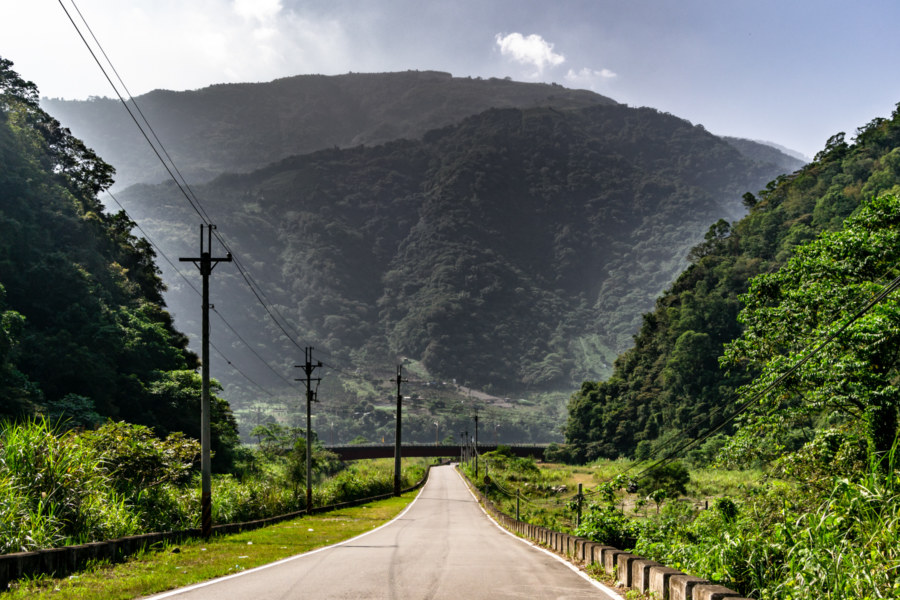In October 2015 I set out from Taichung to attend a music festival in Nantou, the landlocked county in the mountainous interior of Taiwan. Since I don’t often have an opportunity to ride a scooter I allocated some extra time for onward exploration and ended up visiting many interesting and wonderful places, many of them quite obscure. What follows is the first part of a mostly visual record of this road trip around the geographic center of Taiwan…
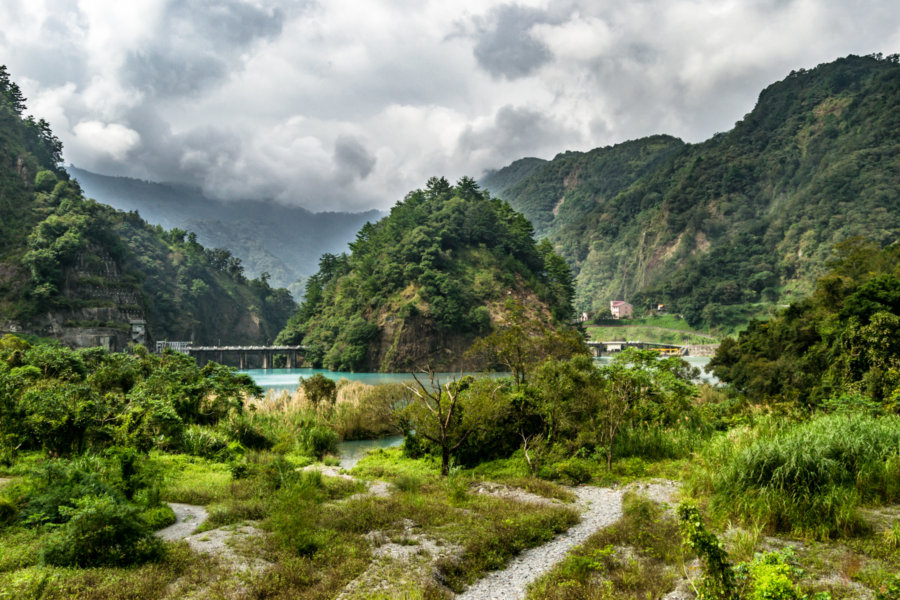
Nantou Road Trip 2015: Ren’ai
My second day on the road in Nantou County in October 2015 was completely unplanned. I left Puli and headed deeper into the mountains simply to see what was there, not having done any advance research. From a glance at the map I had a rough idea where I’d be going—deeper into traditional Taiwanese Indigenous lands to the east of Puli Basin (埔里盆地). Ultimately I ended up visiting several settlements and two reservoirs in a few hours of riding around what is now known as the township of Ren’ai.
Nantou Road Trip 2015: Puli
Puli was my home base for several days of road tripping and adventure around Nantou in October 2015. Recently I decided to publish my findings and impressions from this trip despite not knowing much about what I was seeing at that time. Most of the other posts in this series document trips from one place to another but in this post I’m focusing on some of what I found within city limits, starting with some history to put everything in context.
Huaguo Theater 華國戲院
Huáguó Theater (華國戲院) is one of hundreds of abandoned theaters scattered around Taiwan. Located in Puli, a town of approximately 80,000 in the heart of Nantou, this particular theater was likely built in the late 1950s. From what I’ve read in an article by Wáng Hénglù (王亨祿), this theater was operated by a couple with the family name Zhōu (周) and specialized in showing Western films on a single screen before its inevitable demise.
The Geographic Center of Taiwan 台灣地理中心
The Geographic Center of Taiwan (台灣地理中心) is a modest roadside attraction at Hǔtóushān (虎頭山, literally “Tiger Head Mountain”) in Puli, Nantou, on the way to bigger attractions like Qingjing Farm (清境農場). As the name implies, it marks the geographic center of the island of Taiwan, albeit with a bit of a twist: there are actually two monuments here, one at the base of the mountain and another near the peak at 555 meters above sea level. It’s about a ten minute hike to get to the real center of Taiwan!
Nantou Road Trip 2015: Puli to Sun Moon Lake
This post gathers photos taken on two scooter rides from Puli to the shores of Sun Moon Lake 日月潭 in Yuchi, part of a multi-day road trip undertaken in late 2015. I didn’t have a chance to explore as deeply as I would have liked, nor did I really know what was so special about this part of the country while I was there, so this post will be somewhat less extensive than most others in this series. I hope to someday return to the Sun Moon Lake area and gather material to make a fully informed post about this fascinating part of Taiwan.
Shuili Snake Kiln 水里蛇窯
The Shuili Snake Kiln 水里蛇窯 is a wood-fired pottery kiln on the outskirts of Shuili, Nantou. The name is derived from the kiln’s serpentine shape, though to my eyes it looks more like a slug than a snake. Founded in 1927 by master potter Lín Jiāngsōng 林江松, it remained a family business for generations before being opened to the public as a “ceramics park” in 1993.
Jiji Wuchang Temple 集集武昌宫
Wǔchāng Temple 武昌宮 is one of many remnants of the devastating 921 Earthquake, which ripped through central Taiwan on September 21st, 1999, toppling tens of thousands of buildings and claiming nearly 2,500 lives. Located in the rural township of Jiji in Nantou, less than five kilometers from the epicenter of the magnitude 7 quake, this temple was destroyed mere months after it was completed. Rather than clear the debris, the damaged structure was left more or less as it was the morning after it collapsed, and a new temple with the same name was built in front. Nowadays this ruined temple is a popular roadside attraction and a prime example of disaster tourism in Taiwan.
Nantou Road Trip 2015: Sun Moon Lake to Taichung
This post is the final entry in a series documenting several days of riding around Nantou in October 2015. On the last morning of this trip I woke in Puli, close to the geographic center of Taiwan. I only had to return the scooter to the rental shop in Taichung sometime after nightfall so I decided to take a more circuitous route and check out many sights along the way. After a quick breakfast I headed south, briefly stopping by the shores of the majestic Sun Moon Lake (日月潭, covered in the previous entry in this series), and ascended a winding mountain access road leading into Xinyi, one of several majority Taiwanese Indigenous districts in this landlocked county.
